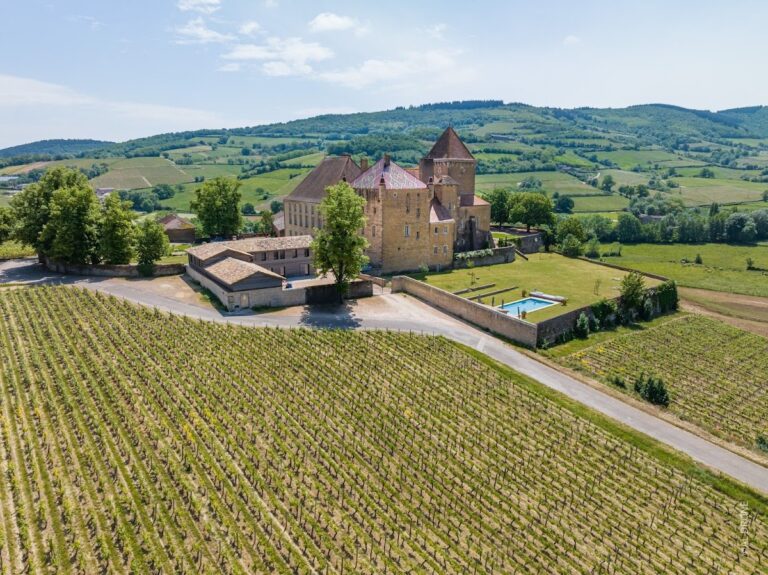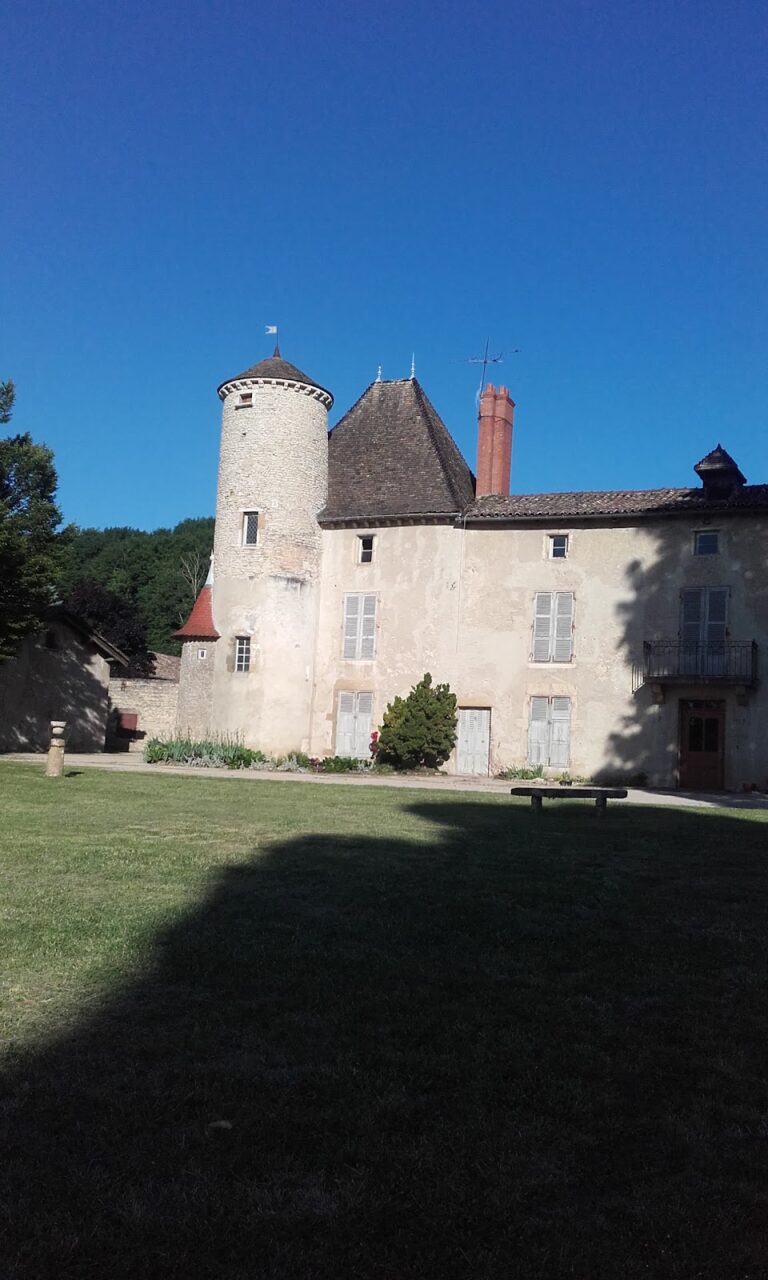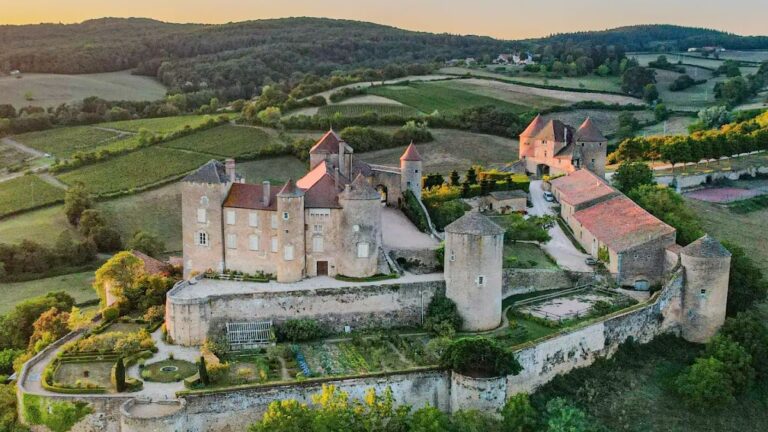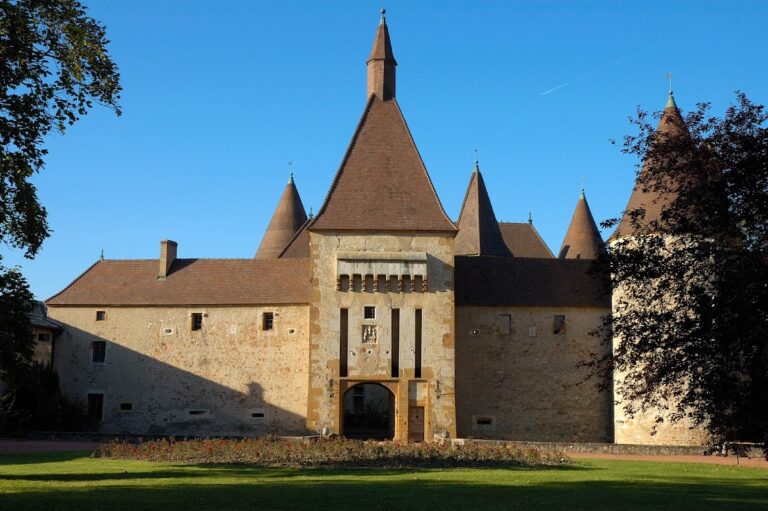Château de Chasselas: A Historic Castle and Vineyard in France
Visitor Information
Google Rating: 4.7
Popularity: Low
Google Maps: View on Google Maps
Official Website: boutique-chateauchasselas.plugwine.com
Country: France
Civilization: Unclassified
Remains: Military
History
The Château de Chasselas is situated in the commune of Chasselas in France. Its origins date back to the early 13th century when the estate belonged to the de Chasselas family, indicating that the castle’s initial construction and development were rooted in medieval feudal society.
During the 15th to 18th centuries, the château changed hands multiple times among noble families such as the du Roux, Bellecombe, Paisseaud, Fayard, La Fond de La Rolle, and Cellard d’Estours. These transfers often reflected complex circumstances, including inheritance, financial difficulties leading to sales, and episodes of violence like assassinations and pillaging, which shaped the estate’s turbulent history. In 1789, a period marked by social upheaval, one of the castle towers was demolished due to significant damage, though the remainder of the structure survived, preserved by the son of the owner at that time.
After a phase of abandonment, the property was acquired in 1971 by Mr. Reme and his wife, who undertook restoration efforts. They placed their heraldic arms prominently on an oriflamme—a type of banner—attached to one of the château’s towers, linking their family legacy visibly to the site. Recognized for its heritage value, the château was officially classified as a historic monument on July 5, 1979. Alongside its architectural significance, the estate has functioned as a wine-producing domain, with a 12-hectare vineyard and a tasting cellar, undergoing conversion into a hotel by 2023.
Remains
The château is designed around a large, rectangular main courtyard that opens to the north through a narrow passage flanked by outbuildings. This layout reflects a functional organization combining residential, defensive, and agricultural purposes. The setting on a hillside adds to the site’s strategic and scenic qualities.
Three round towers, often called “pepperpot” towers for their distinctive shape, are positioned around the courtyard and are notable for their roofs covered in colorful glazed tiles. A fourth circular tower is found near the northeast corner by the vegetable garden, further illustrating the integration of defensive structures with domestic and farming spaces. One tower on the northwest corner connects to another tower via agricultural buildings, demonstrating a practical link between defense and estate management.
The main residential section on the east side dates to the 16th century, while the late 18th century brought the construction of a principal residence on the southern side of the courtyard. This later building features a central block with two wings extending at right angles, reflecting architectural evolution and adaptation over time. Distinctive heraldic symbols also mark the château, including the arms of Étienne Cellard d’Estours—depicted as three towers—and the Reme family’s heraldry displayed on a tower’s oriflamme, underscoring the importance of lineage and ownership in the château’s identity.
Today, the Château de Chasselas remains sufficiently preserved to maintain its historic architectural features and general layout, supporting its status as a monument historique, while embodying centuries of layered history in both structure and function.










